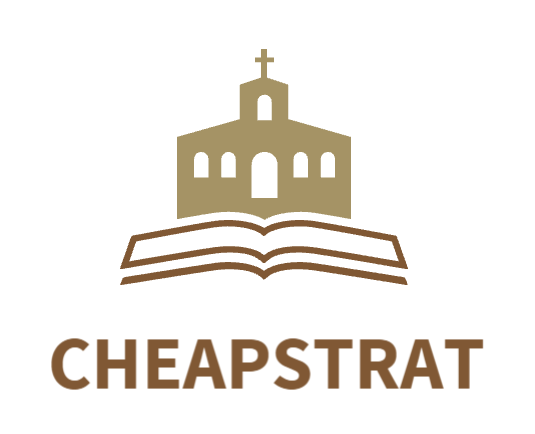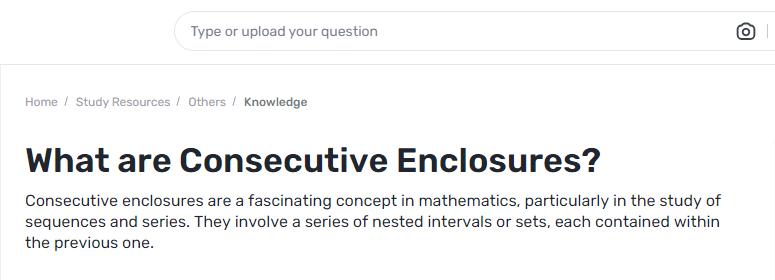Consecutive Enclosures allude to a numerical or consistent idea where sets, stretches, or goes are successively settled inside one another. This idea is much of the time used in different fields of math and software engineering, especially in enhancement issues, span number juggling, and recursive calculations. In math, sequential nooks can help in approximating answers for complex issues by iteratively reducing the reach inside which an answer lies.
This method is major in the mathematical examination, where it helps with combining exact qualities through progressive approximations. In software engineering, Consecutive Enclosures are applied in information designs, for example, stretch trees and reach questions, which are critical for errands including spatial information, data set ordering, and mathematical calculations.
What Are Consecutive Enclosures?
Consecutive Enclosures include a grouping of settled sets, spans, or ranges where each set is held inside the past one, logically limiting the degree. This idea is broadly utilized in numerical and computational settings to focus on a particular worth or arrangement with expanding accuracy. Each step of the cycle gives a more tight bound on the arrangement, considering more precise approximations over progressive emphasis.
Notwithstanding their job in mathematical techniques, Consecutive Enclosures have a critical impact on information designs and calculations. These designs consider speedy admittance to information focuses that fall inside unambiguous reaches, which is especially helpful in applications like GIS, data set ordering, and computational math.
Stretch trees and reach questions in software engineering depend on the rule of continuous walled-in areas to proficiently oversee and question spatial information. By sorting out information into settled stretches, these designs can perform complex questions and updates with upgraded speed and exactness, showing the functional utility of understanding and applying successive nooks in both hypothetical and certifiable situations.
Applications of Consecutive Enclosures
Consecutive Enclosures play an important role in mathematics and daily life applications. Some of its applications are discussed below.
Calculus and Analysis
In analytics and numerical examination, Consecutive Enclosures are vital in procedures, for example, span separation, used to track down underlying foundations of conditions. By iteratively restricting the stretch where the root lies, each step gives a more modest reach, refining the guess of the root. This technique guarantees assembly to the genuine worth with expanded accuracy, which is fundamental in settling differential conditions and essential approximations.
Real-Life Examples
Consecutive Enclosures are applied in different genuine situations, like in GPS innovation, where they help in pinpointing exact areas by iteratively refining the scope of directions. In finance, sequential nooks aid risk appraisal and enhancement models, reducing venture portfolios to accomplish wanted returns while limiting gamble. They are likewise significant in designing for pressure testing and quality control, where progressive approximations guarantee parts meet tough determinations.
Steps to Use Gauth for Answering Questions About Consecutive Enclosures
Gauth is a professional platform that can be used to answer various questions that run in your mind. The procedure is simple and straightforward as given below.

Step 1: Access Gauth
To involve Gauth in responding to questions, the initial step is to get to the stage. Open your internet browser and explore the Gauth site. When your record is made, sign in to get to the fundamental connection point.
Step 2: Information Question
Subsequent to getting to the Gauth stage and signing in, the subsequent stage is to enter your inquiry. Find the assigned text box or region where you can type or glue your inquiry.
Step 3: Select Free Preliminary
When your inquiry is inputted, you will be provoked to choose a membership plan. On the off chance that you are another client, you can decide on the free preliminary choice. This permits you to test the stage with next to no underlying expense.
Step 4: Get Results
The stage utilizes progressed calculations and master information to create exact and definite responses. Inside a brief time frame, you will get a bit-by-bit answer for your inquiry. Audit the given answer cautiously to comprehend the approach and thinking utilized.
Step 5: Get Blogs
Once you have found the solution to your question, on the left side of the screen. You will see a list of different options in which you can click on the blog option to learn more about the platform and see the solution to other questions.
Final Wording
Consecutive Enclosures are a staggering resource in both mathematical and computational settings, giving a purposeful method for managing diminishing game plans and supervising complex data structures. Their applications range from numerical assessment and improvement to data recuperation and computation design, making them central in dealing with various issues.


